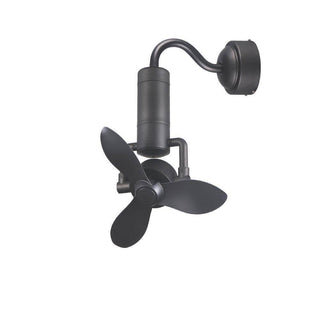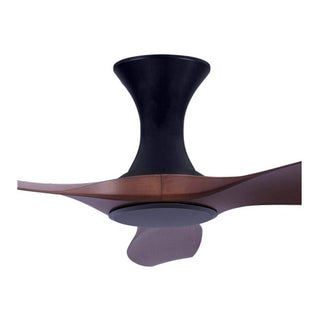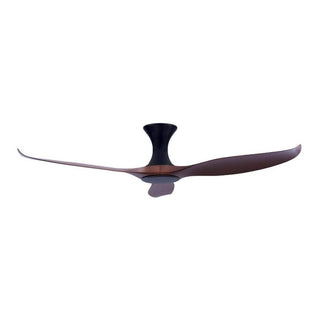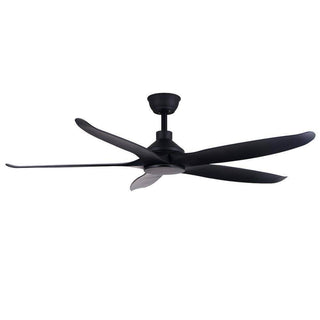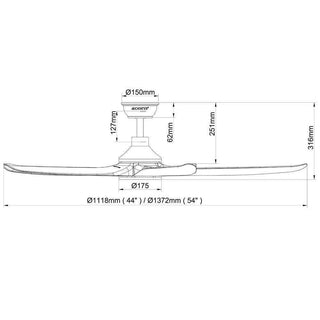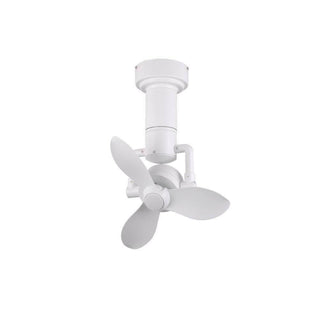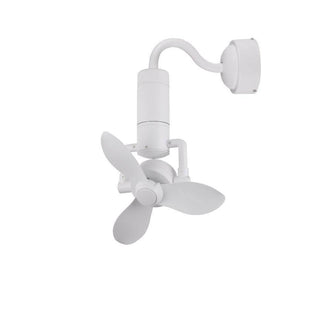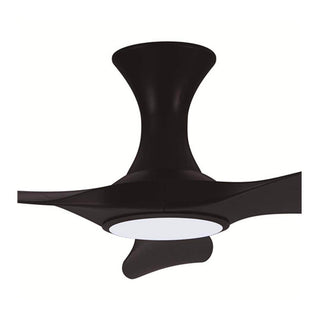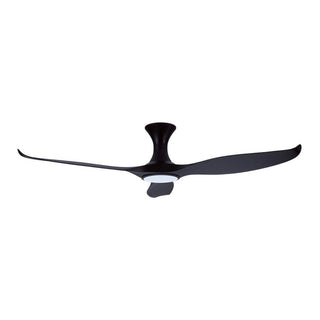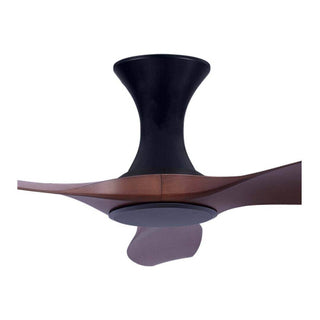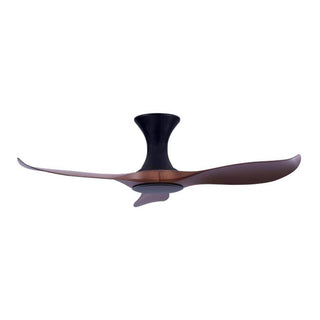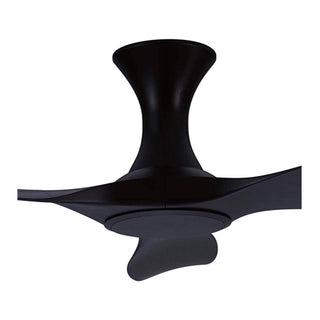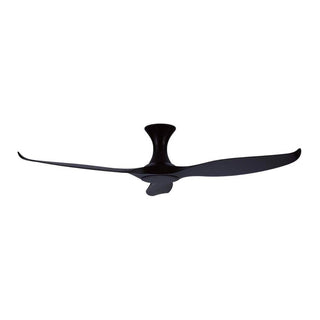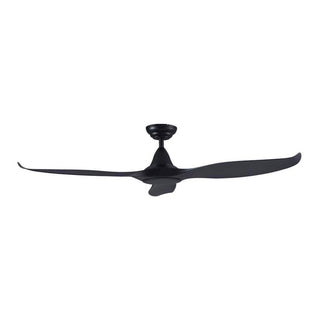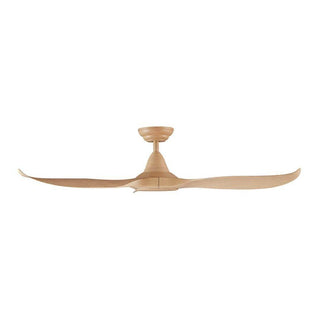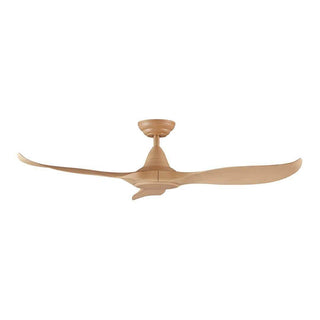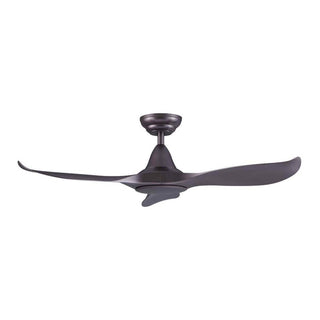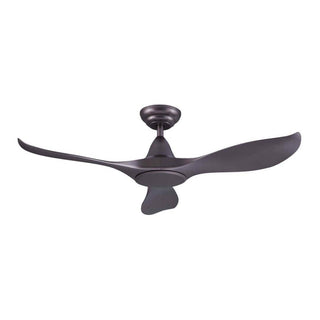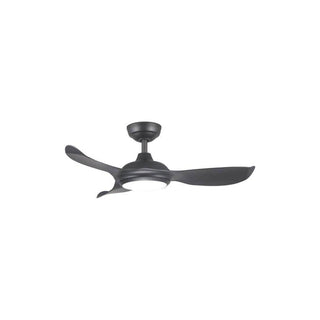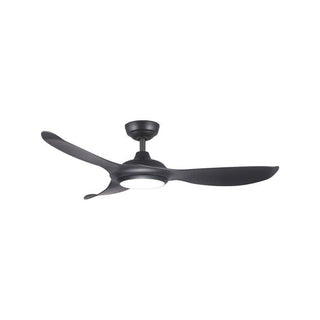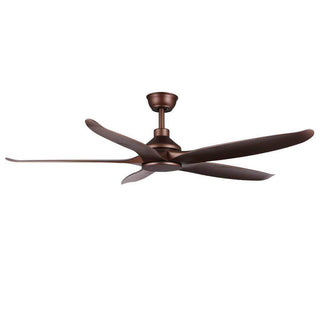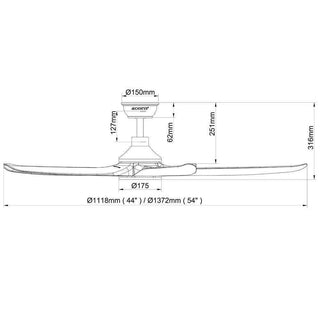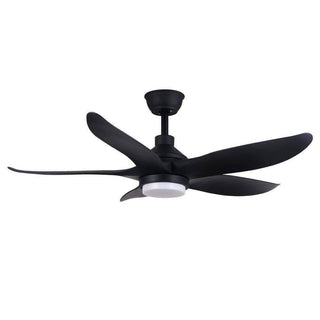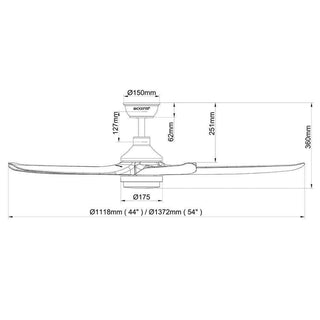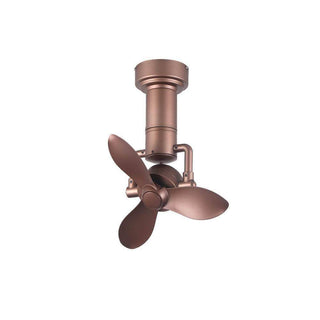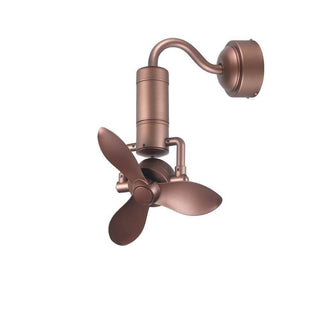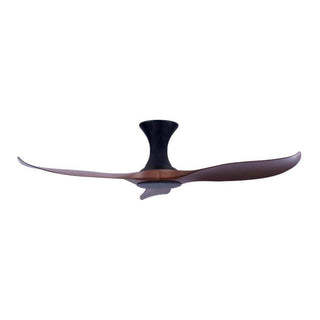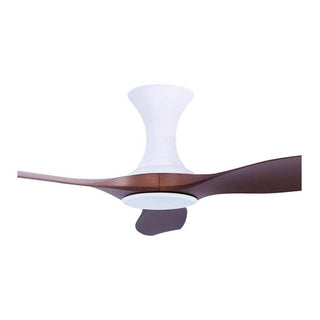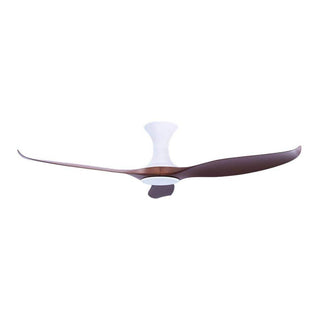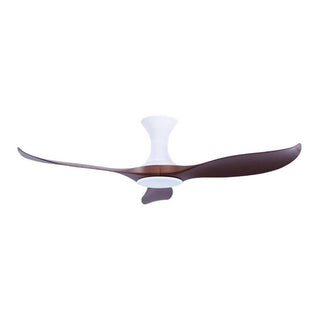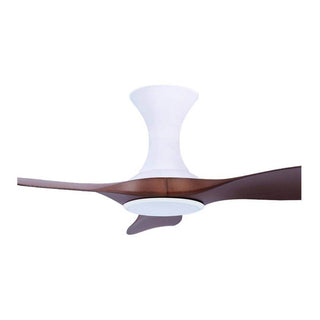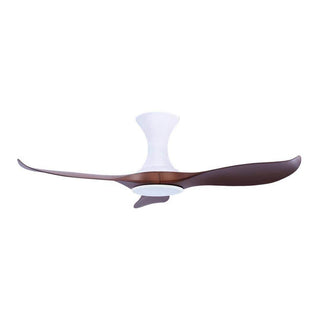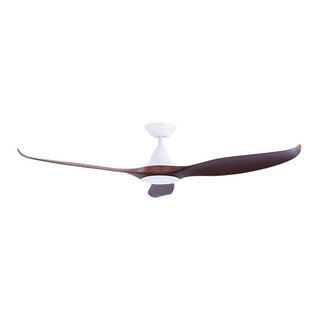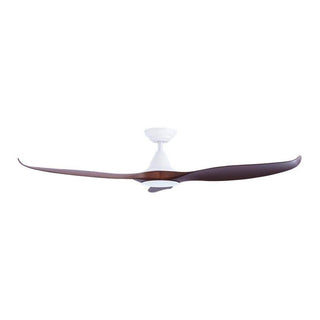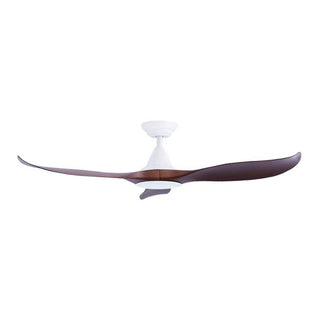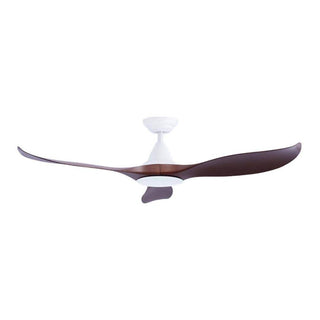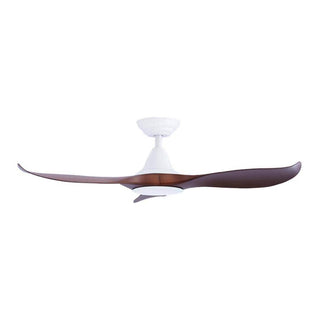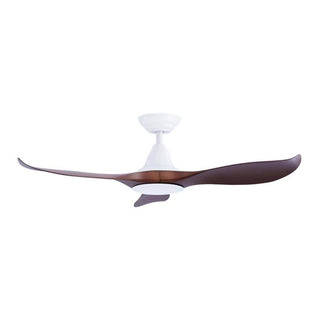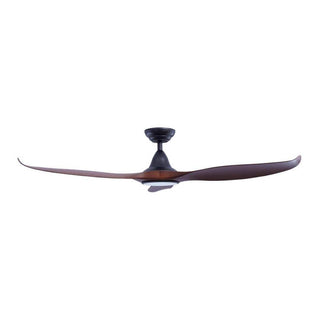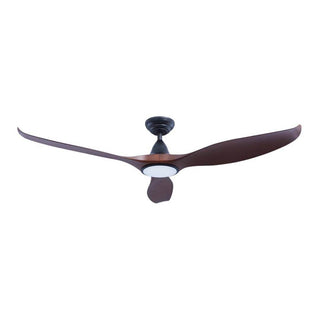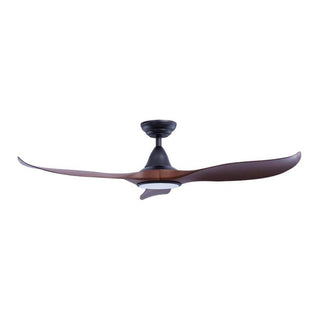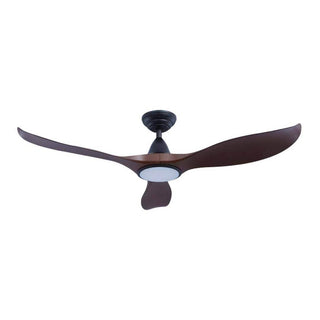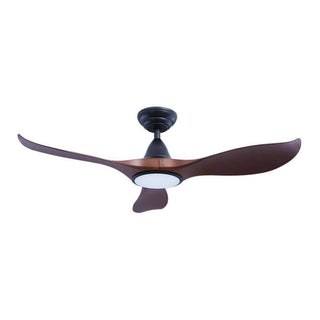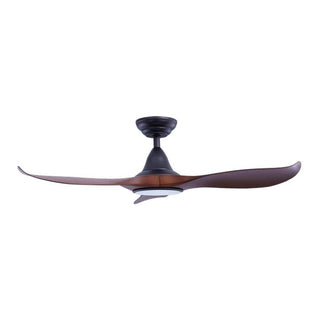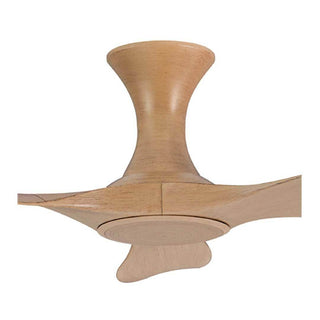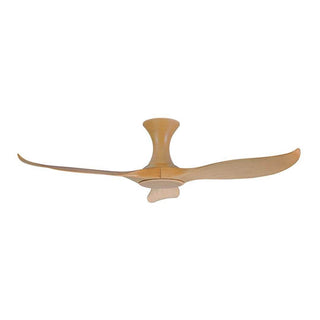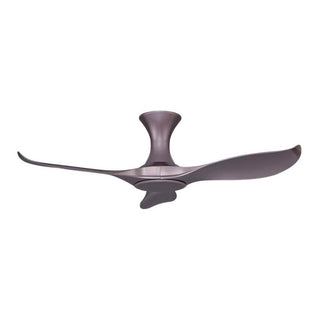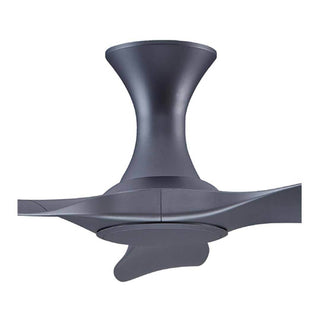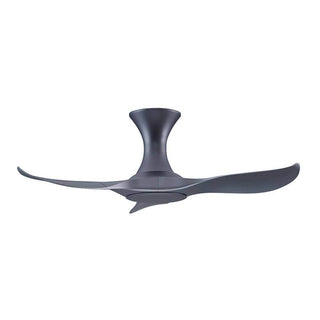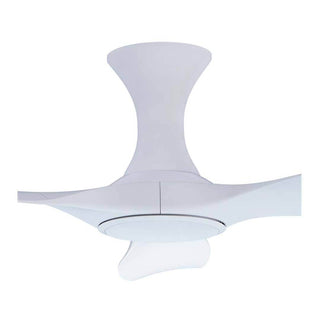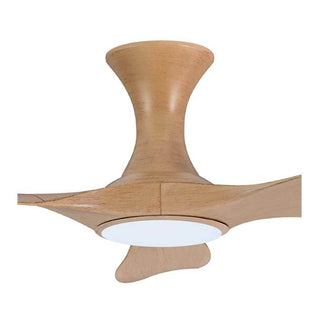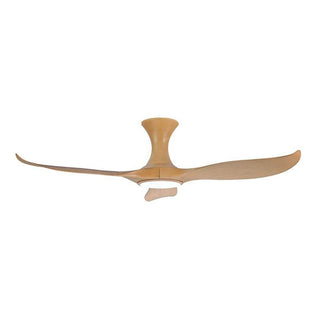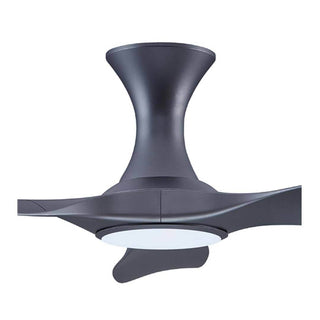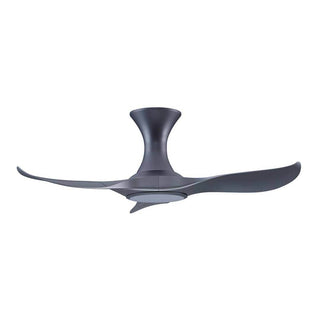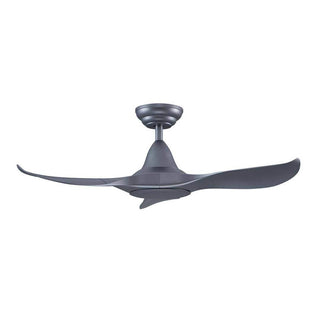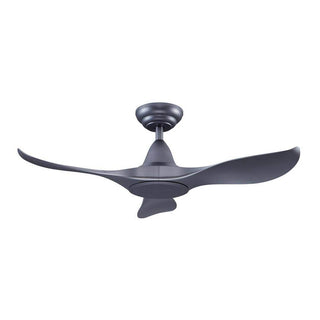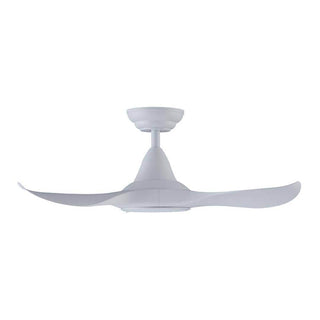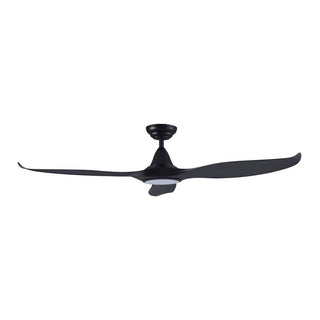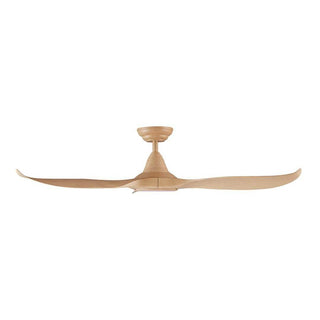Ceiling Fans with Remote - Modern & Efficient Designs
The ceiling fans with remotes and ceiling fans with light, particularly ceiling fan with led light in Singapore redefine how you interact with your environment. Tailored for ease and designed for sophistication, they allow you to adjust settings effortlessly, ensuring your space is always comfortable and inviting. From adapting fan speeds to changing lighting moods, all this can be done without ever leaving your seat.
Ceiling Fans With Remote and Who Can Benefit From It
- Those seeking functionality and style in their living spaces will find the ceiling fans with remote a perfect fit. The convenience of remote control is especially beneficial in bedrooms, living rooms, and high-ceiling areas where manual control can be challenging.
- Seniors or anyone with mobility issues will appreciate a remote-controlled fan's ease of use. Adjusting settings without standing up or reaching for a wall switch can be a significant convenience.
- For parents juggling childcare, being able to adjust the fan speed or light from anywhere in the room is a small but significant convenience.
- In work environments, remote-controlled fans can help maintain a comfortable temperature without disrupting workflow. They are ideal for conference rooms or offices requiring more than centralised climate control.
- Hotels, restaurants, and other hospitality businesses can enhance guest comfort by allowing easy fan setting adjustment without assistance.
- Individuals with physical disabilities that limit movement will find the remote control feature incredibly beneficial for maintaining comfort independently.
- Those who enjoy integrating technology into their home will appreciate a remote-controlled ceiling fan's added convenience and modern touch.
- Many remote-controlled ceiling fans come with energy-efficient features and settings, appealing to those looking to reduce their energy consumption and environmental footprint.
Key Features Commonly Found In Ceiling Fans With Remote
Remote Control Operation:
The most significant feature is the remote control, which allows users to adjust the fan speed, turn the fan on or off, and sometimes even reverse the fan's direction from anywhere in the room.
Variable Speed Settings:
Most ceiling fans with remote models offer multiple speed settings, giving you greater control over air circulation and ensuring optimal comfort.
Lighting Control:
Many ceiling fans with remotes come with integrated lighting systems. The remote can often control these lights, allowing you to dim, brighten, or turn them on and off without a separate light switch.
Reversible Motor:
Some models feature a reversible motor that can change the fan's direction. This is particularly useful for different seasons, pushing warm air down in winter and creating a cool breeze in summer.
Energy Efficiency:
Many modern ceiling fans are designed to be energy-efficient, reducing electricity consumption while still providing adequate air circulation.
Timer Functions:
Some remotes include timer functions, allowing you to set the fan to turn off automatically after a certain period, which is great for nighttime use.
Quiet Operation:
Advanced motor technology ensures that the fan operates quietly, making ceiling fans with remote ideal for bedrooms, libraries, and any space where noise is a concern.
Range of Styles:
These fans are available in many styles, from sleek and modern to traditional and rustic, ensuring they can complement any room decor.
Easy Installation:
Many ceiling fans with remote controls are designed for easy installation, making them a convenient choice for both new buildings and retrofitting in existing spaces.
Programmable Settings:
Some advanced models may offer programmable settings, allowing you to customise and save your preferred fan speeds and lighting levels.
How To Know If Ceiling Fans With Remote Is Not Up To Standard
- Low-quality materials or shoddy construction can lead to a shorter lifespan of the fan and potential safety hazards. Check for wobbling, unstable mounting, or flimsy blades.
- A remote with a minimal range or needs to be more responsive can be a significant inconvenience. Ensure the remote reliably connects to the fan from a reasonable distance.
- While some noise is normal, mainly on higher settings, a ceiling fan that is excessively loud or makes strange noises could indicate a problem with the motor or imbalanced blades.
- If the installation process is overly complicated or the instructions could be clearer, it might require professional installation, adding to the overall cost.
- A ceiling fan that doesn’t move air efficiently defeats the purpose. Check the CFM (Cubic Feet per Minute) ratings for airflow efficiency.
- It can be a nuisance if the remote requires hard-to-find or expensive batteries. Standard AAA or AA batteries are preferable.
- Poor customer service or a lack of available support for installation and troubleshooting can be problematic, especially for a product that may require maintenance.
- A short warranty period or one that doesn’t cover most parts of the fan can be a red flag. Look for products with a comprehensive warranty.
- If you want to integrate the fan with a smart home system, ensure it's compatible. Some remotes may need to be fixed with these systems.
- If the fan comes with integrated lighting, ensure that it suits your brightness and colour temperature needs.
Megafurniture offers high-quality products, exceptional customer service, and competitive pricing. Shop with us and experience the ease and comfort of controlling your home's ambience with just a click.
Frequently Asked Questions:
How do I pair my remote with the ceiling fan?
Most ceiling fans with remotes have a pairing process outlined in the manual. Typically, it involves holding a button on the remote while turning on the power to the fan.
Can I control multiple ceiling fans with one remote?
This depends on the model. Some remotes are designed to control multiple fans, while others are paired with a single fan. Check the product specifications for this feature.
What should I do if my remote control stops working?
First, try replacing the batteries. If it still doesn't work, check for any obstructions or interference and consult the troubleshooting section of your manual. If problems persist, contact customer support.
Are ceiling fans with remotes more energy-efficient than traditional fans?
Many models are designed for energy efficiency, but the presence of a remote itself doesn’t necessarily impact energy use. Look for NEA-rated models for the best efficiency.
Can I install a ceiling fan with a remote by myself?
You can install a ceiling fan if you have basic DIY skills. However, if you're uncomfortable with electrical installations, hiring a professional is best.
Do ceiling fans with remotes also come with wall switches?
Some models include wall controls in addition to remotes, but this varies. Check the product details to confirm.
How far can the remote control reach?
The range varies by model, but most remotes work within 30 to 40 feet.
Can I integrate a ceiling fan and remote into my smart home system?
Some modern ceiling fans are compatible with smart home systems, but not all. Check the product specifications for smart home compatibility.
What maintenance does a ceiling fan with a remote require?
Regular dusting, ensuring screws are tight, and occasionally checking for balance issues are typical maintenance tasks. Refer to the manufacturer’s guide for specific advice.





